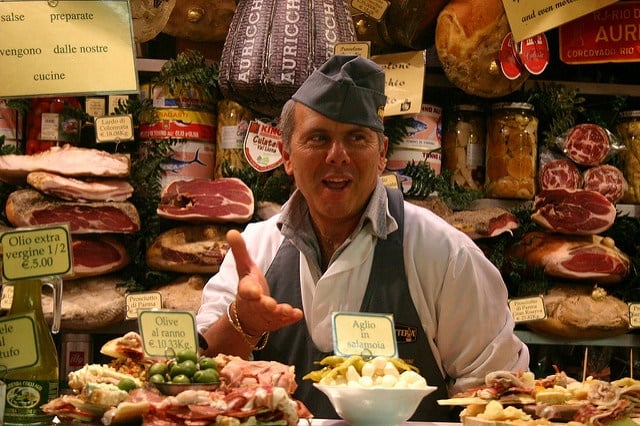Andrea Zucchiatti took the photo of Berlusconi as he perused the fast food chain's menu, before sharing the snapshot with the football fan Facebook page Calciatori Brutti. In less than 24 hours, it has been 'liked' almost 45,000 times and attracted thousands of comments.
“He's learned from Breaking Bad – you close the best deals at fast food restaurants,” joked one commenter, while some wondered if his appearance at the chain was a sign that his sale of AC Milan to Chinese buyers had fallen through.
Others remarked on the fact that the ex-PM appeared to be receiving table service at the restaurant.
The so-called 'Cavaliere' is no stranger to social media fame, however. When Berlusconi was ousted from the Italian parliament in 2013, the event attracted a record number of Facebook and Twitter posts.
McDonald's in Italy
Along with other foreign fast food chains, McDonald's has a problematic history in Italy.
Its first restaurant opened up near the Spanish steps in Rome 30 years ago, sparking protests. Fashion brand Valentino, which has its Rome headquarters nearby, complained about the smells and noise from the restaurant, and the opening also sparked the now global Slow Food movement.
Elsewhere, Florence has taken the struggle to protect its culinary history particularly strongly.
In March, the city passed a law aimed at ensuring that at least 70 percent of produce in all new eateries was locally sourced, amid worries that a growing number of cheap kebab shops and other fast food outlets aimed at tourists meant the city was at risk of losing its character.
In 2016, the Tuscan capital turned down a request for the golden arches to set up shop in the city's central square, leading the fast food chain to threaten legal action.
READ MORE: How Florence is coping with its clampdown on foreign food

Photo: Frank Kovalchek




 Please whitelist us to continue reading.
Please whitelist us to continue reading.
Member comments